Bees more dangerous to Australians than snakes, spiders and jellyfish
People around the world are terrified of Australia’s spiders and snakes, but there’s one animal that’s actually far more likely to kill you.
Australia is known around the world for its diverse population of incredibly dangerous animals – including some we’ve made up in an attempt to keep tourists away – but snakes and spiders aren’t sending people to the emergency room as much as a common garden dweller.
According to a recent analysis of hospitalisations stemming from encounters with venomous animals, bees are the biggest culprit, responsible for more than a quarter of hospital trips.
The report, creatively titled “Venomous bites and stings, 2017-18”, is the work of a collaboration between Flinders University and the government-run Australian Institute of Health and Welfare (AIHW).

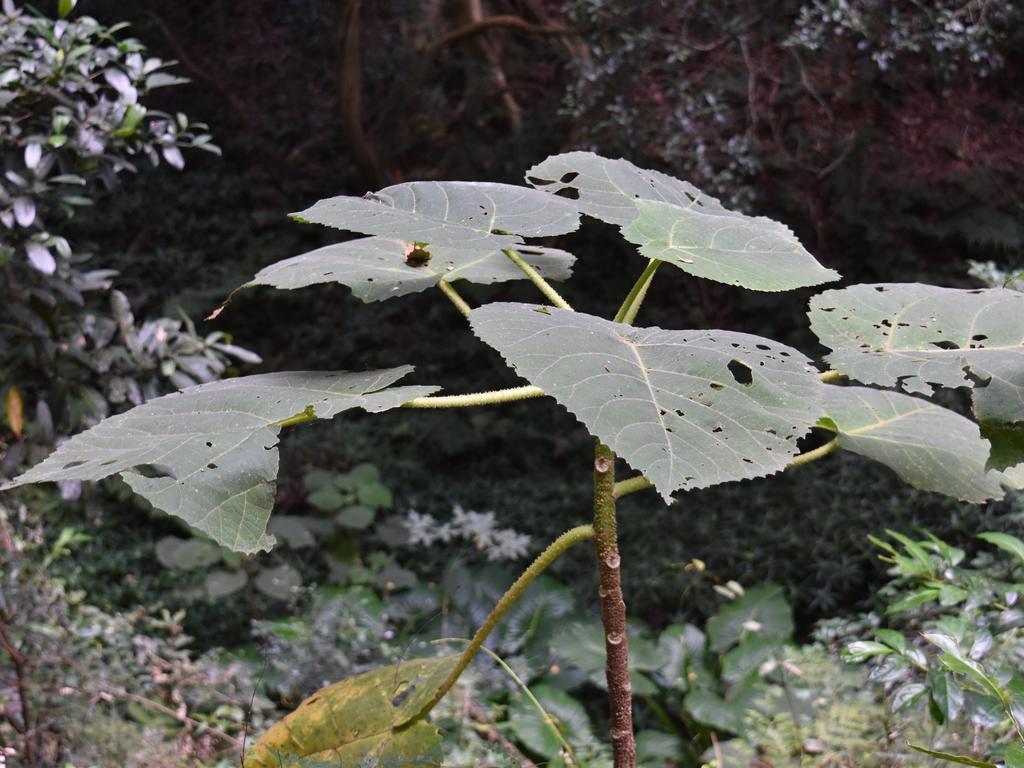
RELATED: Snake catcher denies planting venomous snake at servo
It’s not just animals in the report either – venomous trees and plants, like the incredibly painful gympie-gympie tree, are also lurking in the Australian wilderness ready to deliver untold amounts of pain for those brave or stupid enough to venture near them.
According to the report, Australia has a total of 66 venomous species on land and in the water, some of which have the deadliest venom in the world.
But while an encounter with the Irukandji jellyfish or inland taipan could quickly end in your death, the bee is actually more likely to kill you or send you to hospital, thanks largely to its potential to cause allergic reactions.
RELATED: ‘Odd’ thing about Tassie tiger pictures
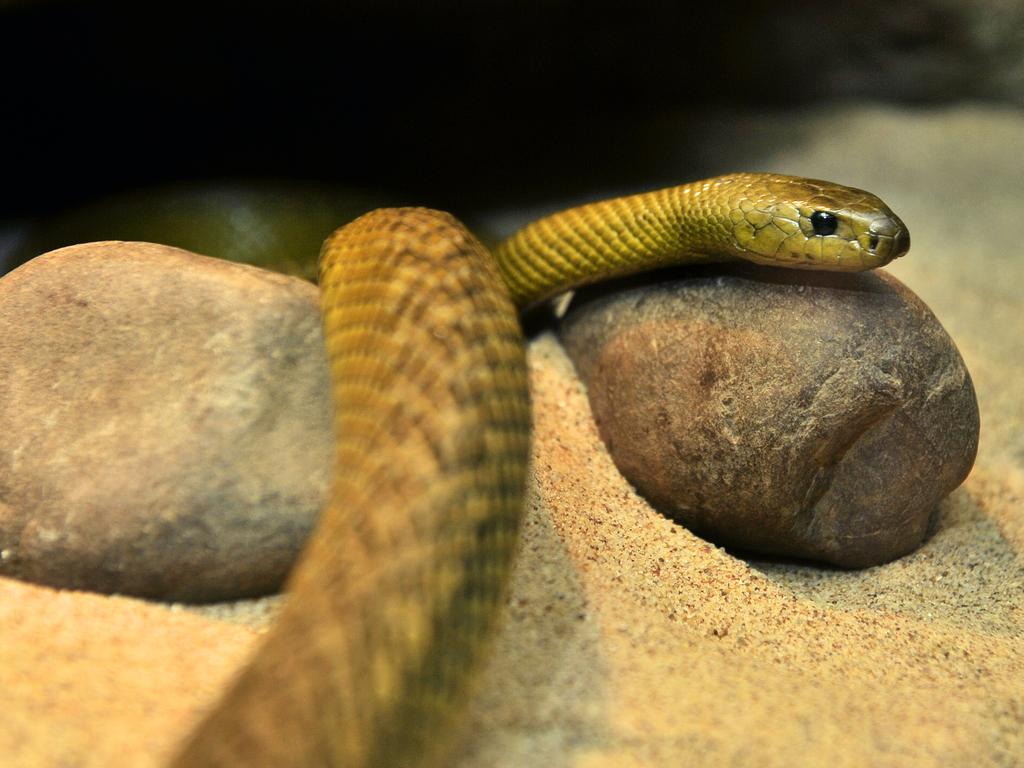
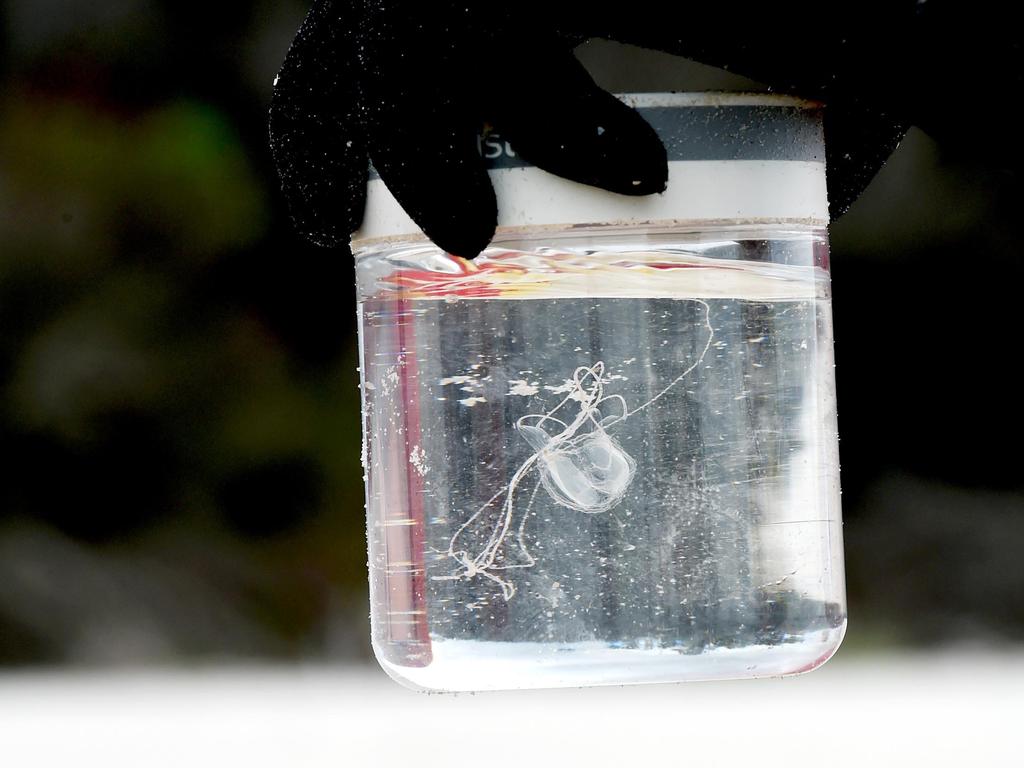
RELATED: Shock photo of 395kg shark off Sydney
You’re also more likely to encounter a bee in your daily life than a deadly marine animal (that still hospitalised 41 people in the reported period), or a supposedly “shy” snake that lives in the desert, (albeit one that did still manage to land seven men in hospital).
“The majority of hospitalisations for bee stings were due to allergic reactions, with bees and wasps responsible for 12 of the 19 deaths related to venomous bites and stings in 2017-18,” AIHW National Injury Surveillance Unit spokesperson Professor James Harrison said.
The other seven deaths were all from snakes.
RELATED: ‘Horrific’: Wallaby shot dead with arrow
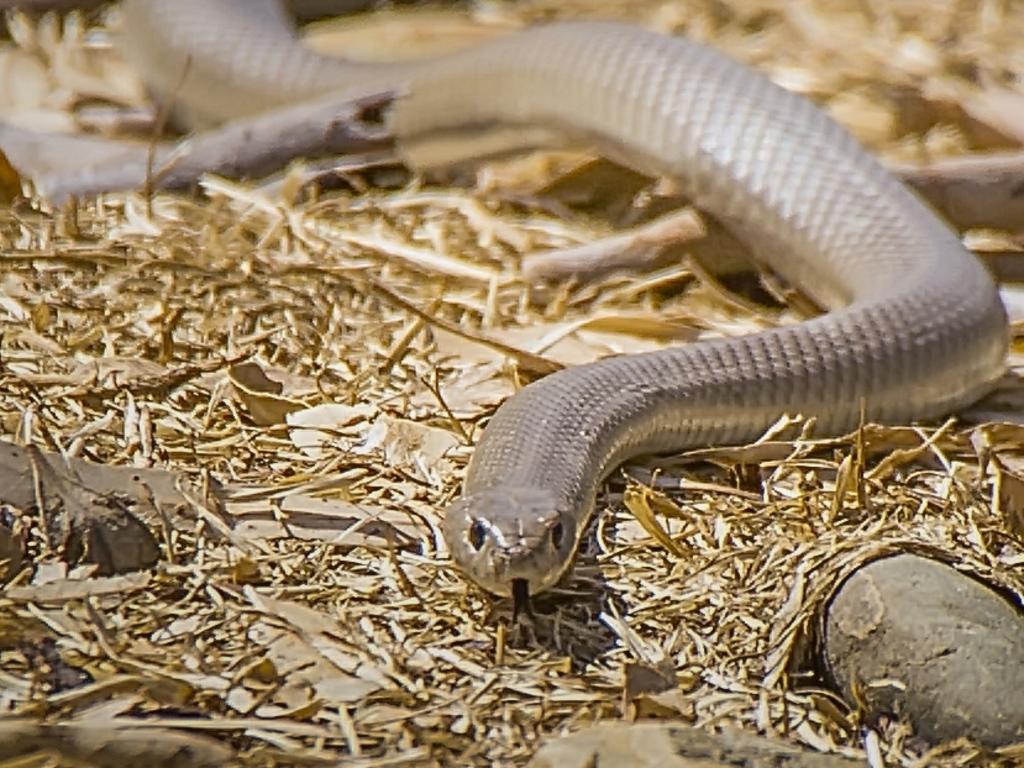
RELATED: Mum finds hostile snake in child’s room
The report encompassed a total 3520 hospitalisation, 1265 from “hornets, wasps or bees”.
Almost twice as many men as women were hospitalised during the period, and the highest rate was in Northern Territory, where 31 out of 100,000 people ended up in hospital due to a venomous bite or sting, more than double the overall rate of 14 per 100,000.
Spiders were the next most likely to land you in the hospital, accounting for 19 per cent of the cases.
Redbacks led the pack with 283 out of the 666 hospitalisations, with white-tailed spiders and funnel-web spiders lagging far behind in second and third, with 38 and 25 cases a piece.
A total of 300 hospitalisations occurred from a spider bite where the type of spider was unknown, but no deaths were attributed to a spider bite.
RELATED: Terrifying photos of endangered stork
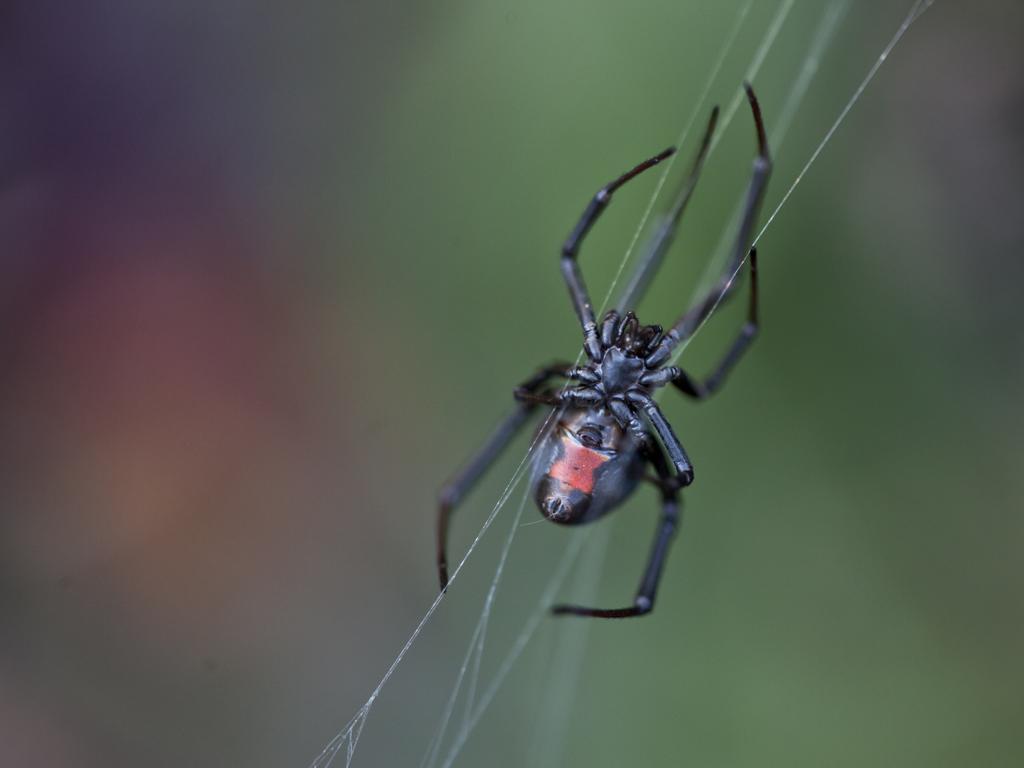
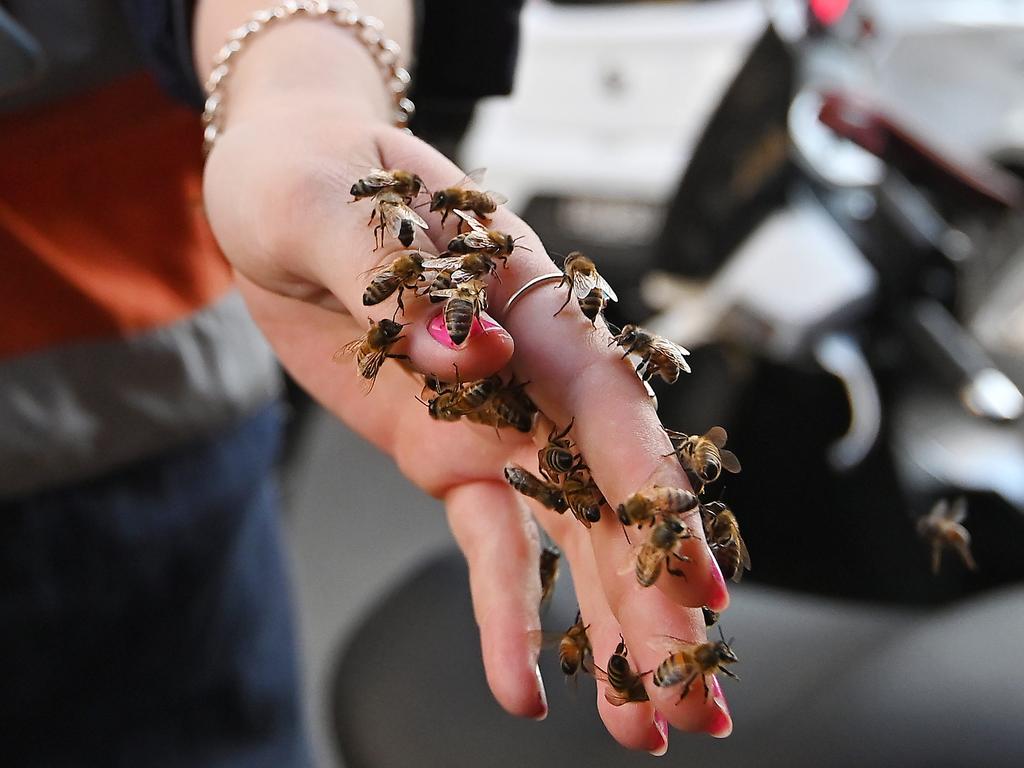
Most of the 606 hospitalisations from snakes were caused by the common brown snake, a fast-moving, highly venomous snake with a wide distribution.
It accounted for 215 hospitalisations, ahead of the black snake (83) and tiger snake (65), while 208 hospitalisations were from unidentified snakes.



